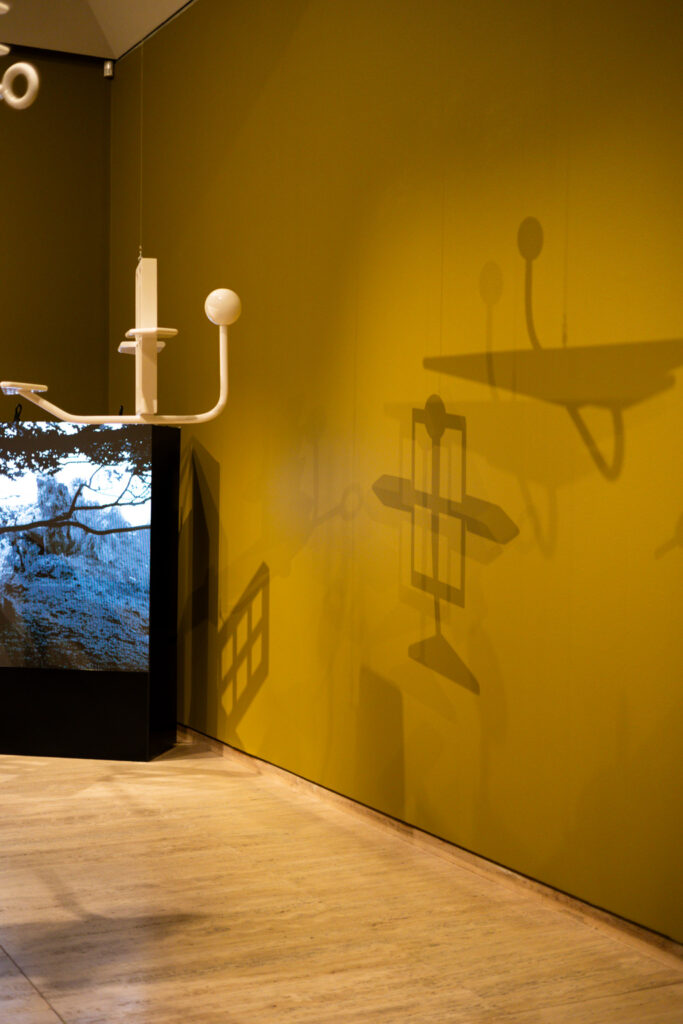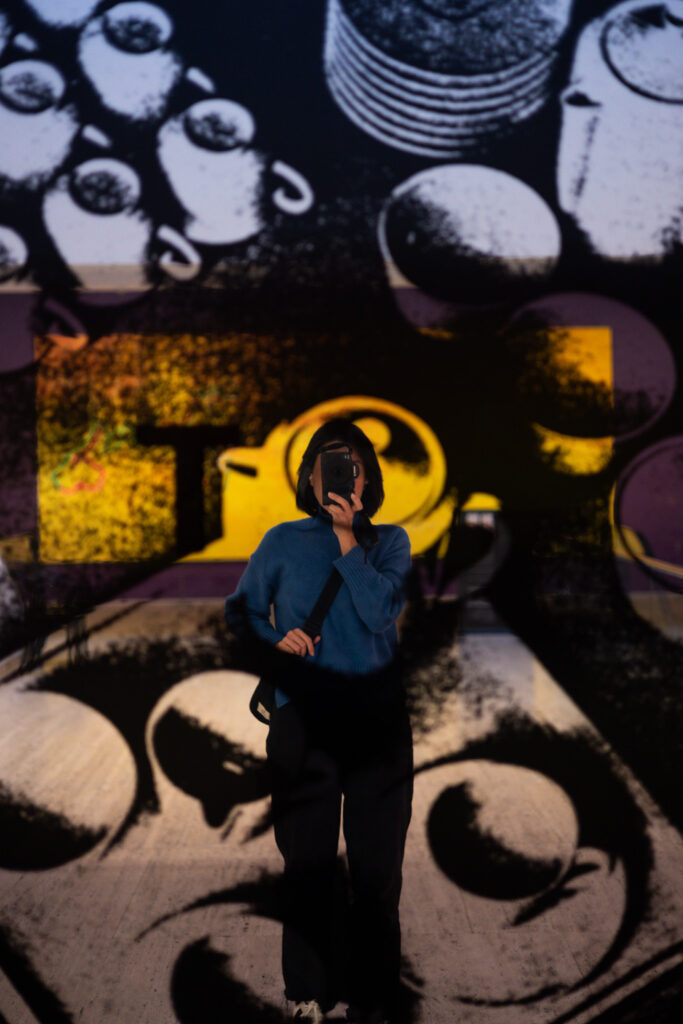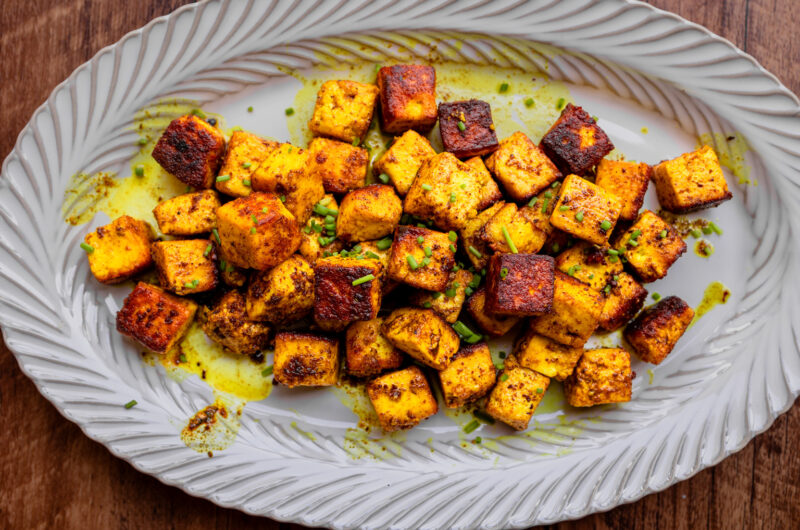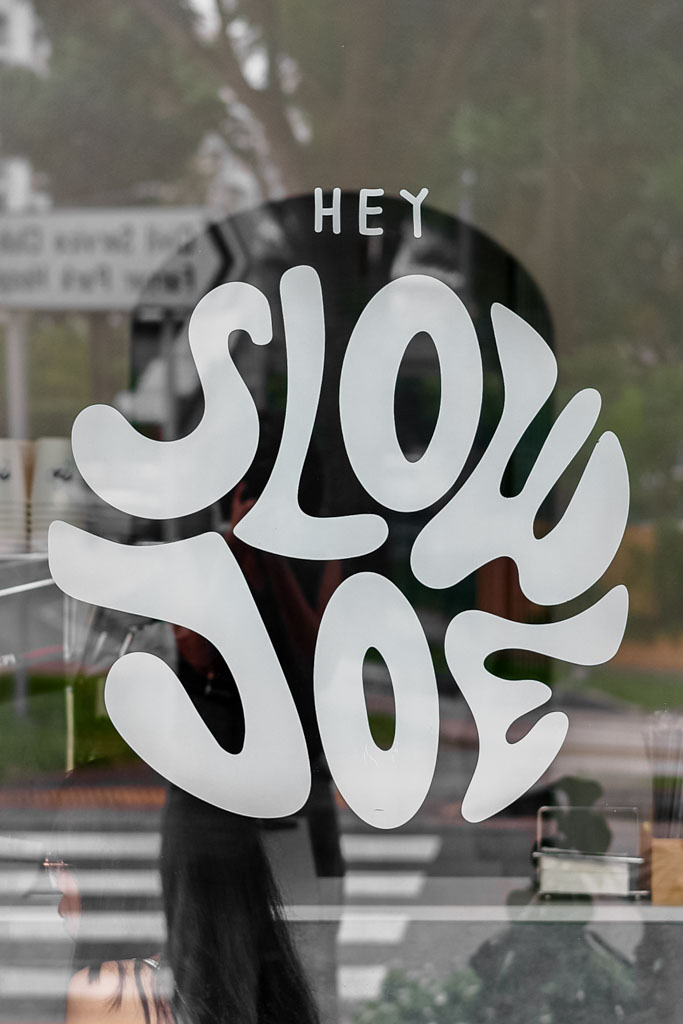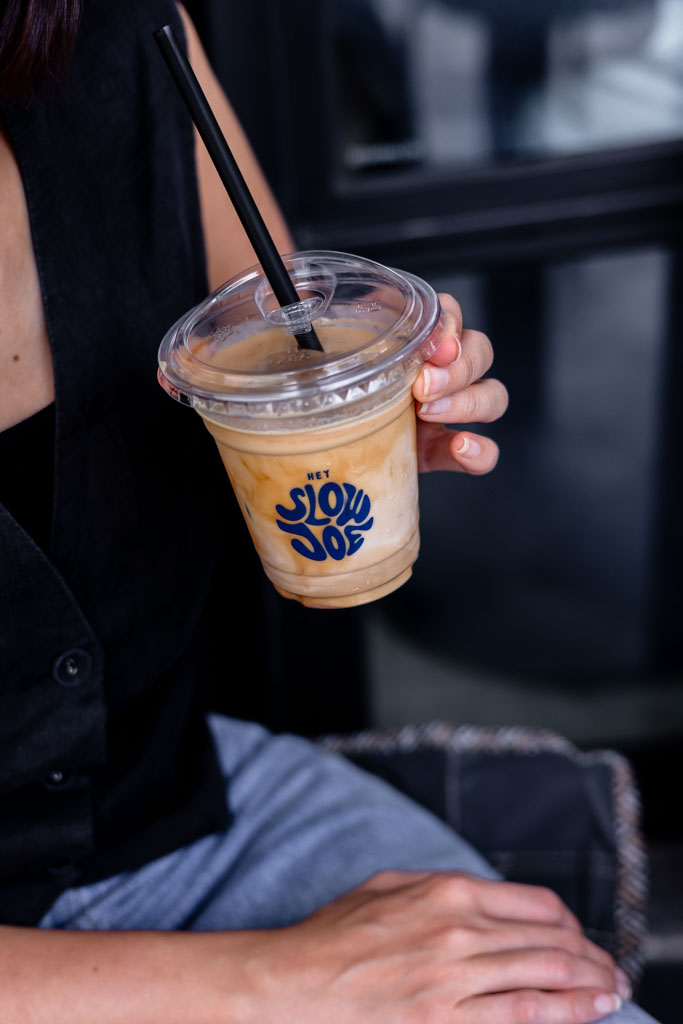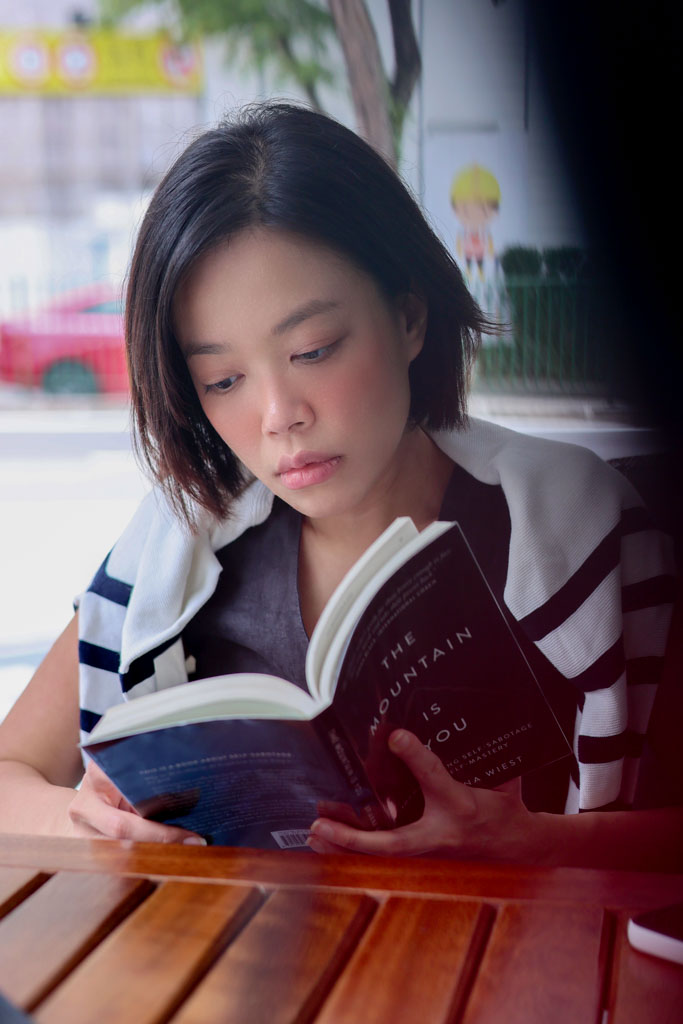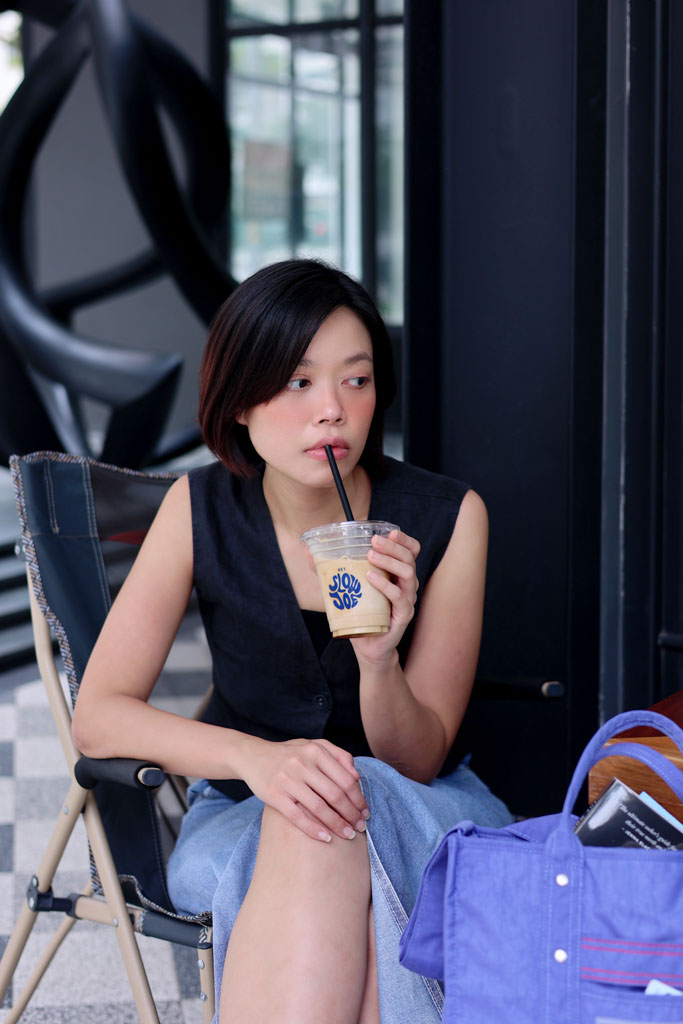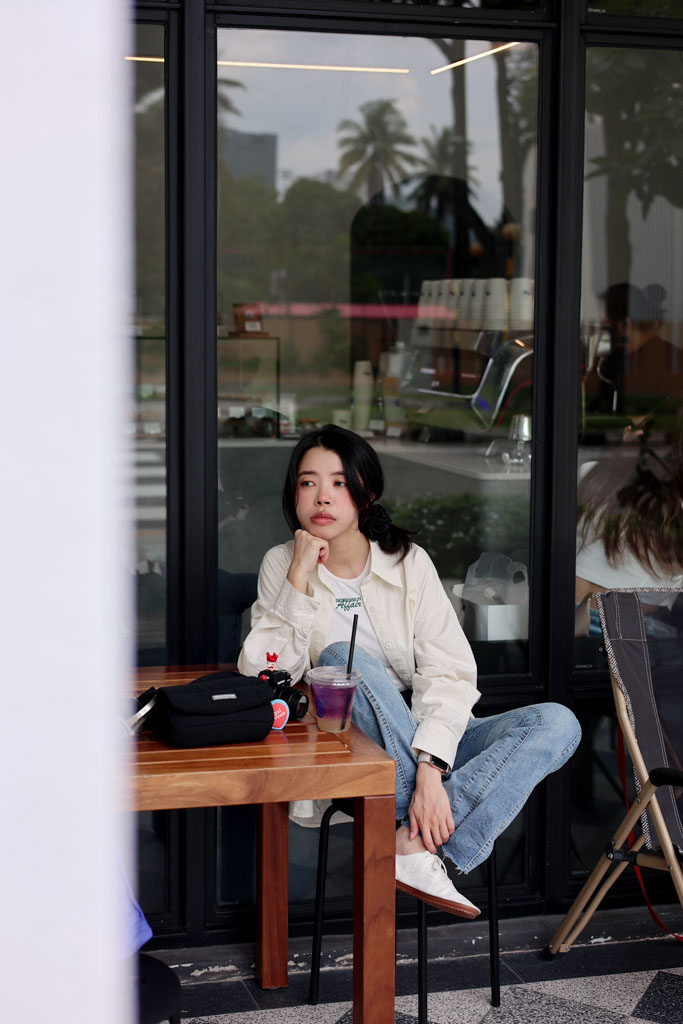
If you’re searching for a dish that combines the earthy goodness of shiitake mushrooms with the rich, buttery taste of salmon, then Shiitake Salmon Claypot Rice is your next culinary adventure. This dish is a beautiful marriage of flavors and textures, served piping hot and perfect for any occasion.
Imagine a claypot filled with fragrant jasmine rice, infused with the savory juices of shiitake mushrooms. As the rice cooks, it absorbs the umami-rich broth, creating a comforting base that’s as aromatic as it is flavorful. Nestled on top is a succulent piece of salmon, lightly marinated in soy sauce, ginger, and a hint of sesame oil. The salmon cooks gently, retaining its delicate texture while soaking up the surrounding flavors.









What Ingredients Do You Need?
To make this delightful dish, you’ll need the following ingredients:
- Jasmine rice (1 cup)
- Salmon fillet (1 piece, about 200g)
- Shiitake mushrooms (100g, sliced)
- Soy sauce (2 tablespoons)
- Ginger (1-inch piece, finely grated)
- Sesame oil (1 tablespoon)
- Green onions (2 stalks, finely chopped)
- Soy glaze (for drizzling)
- Water or chicken broth (1 ½ cups)
- Salt and pepper (to taste)
- Optional: Pickled vegetables or cucumber salad for serving

Imagine a clay pot filled with fragrant jasmine rice, infused with the savoury juices of shiitake mushrooms. As the rice cooks, it absorbs the umami-rich broth, creating a comforting base that’s as aromatic as it is flavorful. Nestled on top is a succulent piece of salmon, lightly marinated in soy sauce, ginger, and a hint of sesame oil. The salmon cooks gently, retaining its delicate texture while soaking up the surrounding flavours.
But the real magic happens at the bottom of the clay pot, where the rice forms a crispy, golden crust known as “socarrat.” This crunchy layer adds an irresistible contrast to the tender rice and melt-in-your-mouth salmon, making each bite a delightful surprise.







Topped with a sprinkle of fresh green onions and a drizzle of soy glaze, this dish is as visually appealing as it is delicious. The shiitake mushrooms add a depth of flavor that complements the richness of the salmon, creating a dish that’s hearty, satisfying, and packed with umami goodness.
Perfect for a cozy dinner or an impressive meal for guests, Shiitake Salmon Claypot Rice is a true testament to the beauty of simple ingredients coming together in harmony. Enjoy it with a side of pickled vegetables or a light cucumber salad to complete the experience.
xoxo, Joe
Shitakei Salmon Claypot Rice
Ingredients
1 cup of Jasmine rice
1 piece of Salmon fillet (about 200g)
100g Shiitake mushrooms, sliced
Soy sauce (2 tablespoons)
Ginger (1-inch piece, finely grated)
Sesame oil (1 tablespoon)
Green onions (2 stalks, finely chopped)
Soy glaze (for drizzling)
Water or chicken broth (1 ½ cups)
Salt and pepper (to taste)
Optional: Pickled vegetables or cucumber salad for serving
Methods
- Prepare the Ingredients: Rinse the jasmine rice under cold water until the water runs clear. Drain and set aside. Marinate the salmon fillet in soy sauce, grated ginger, and sesame oil for about 15 minutes. Slice the shiitake mushrooms and chop the green onions.
- Cook the Rice: Heat your claypot over medium heat and add a small amount of sesame oil. Add the drained jasmine rice and stir briefly to coat the grains in oil. Pour in the water or chicken broth and bring it to a simmer.
- Add the Toppings: Once the rice begins to simmer, arrange the sliced shiitake mushrooms on top of the rice. Place the marinated salmon fillet on top of the mushrooms.
- Simmer and Cook: Cover the claypot with a lid and reduce the heat to low. Allow the rice and salmon to cook for about 15-20 minutes, or until the rice is tender and the salmon is cooked through. Check the bottom of the rice occasionally. If you want that crispy, golden crust, let the rice cook a bit longer until it forms.
- Serve: Once done, sprinkle the green onions over the top and drizzle with soy glaze. Serve the Shiitake Salmon Claypot Rice hot, directly from the claypot. Enjoy it with a side of pickled vegetables or a light cucumber salad for a complete meal.






